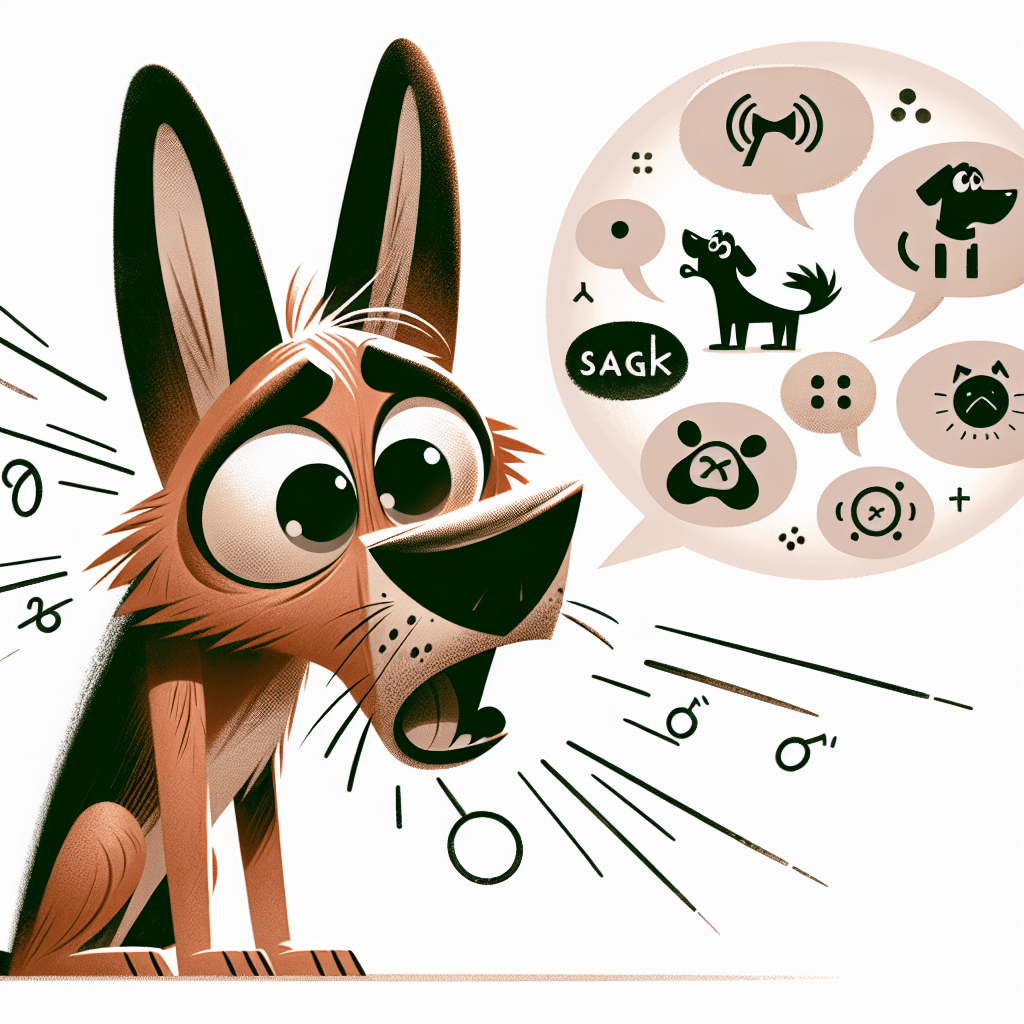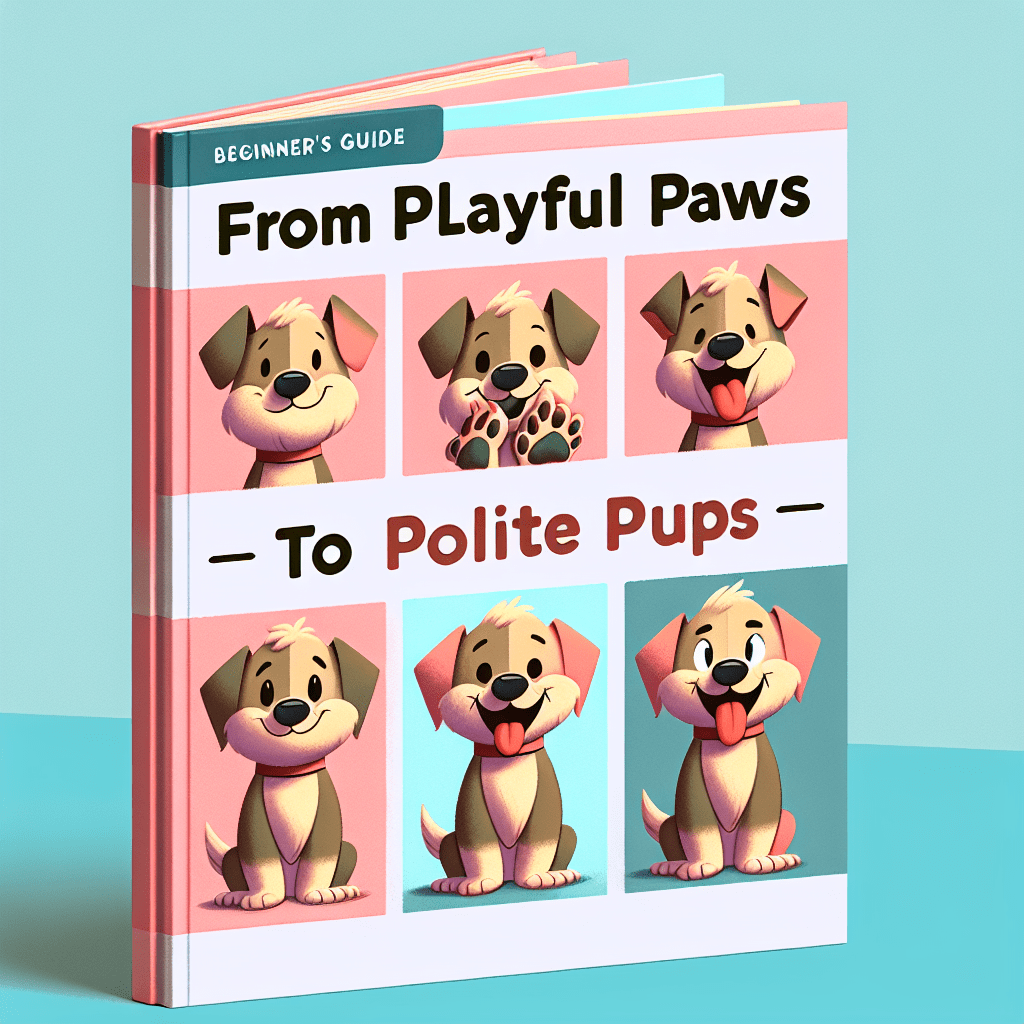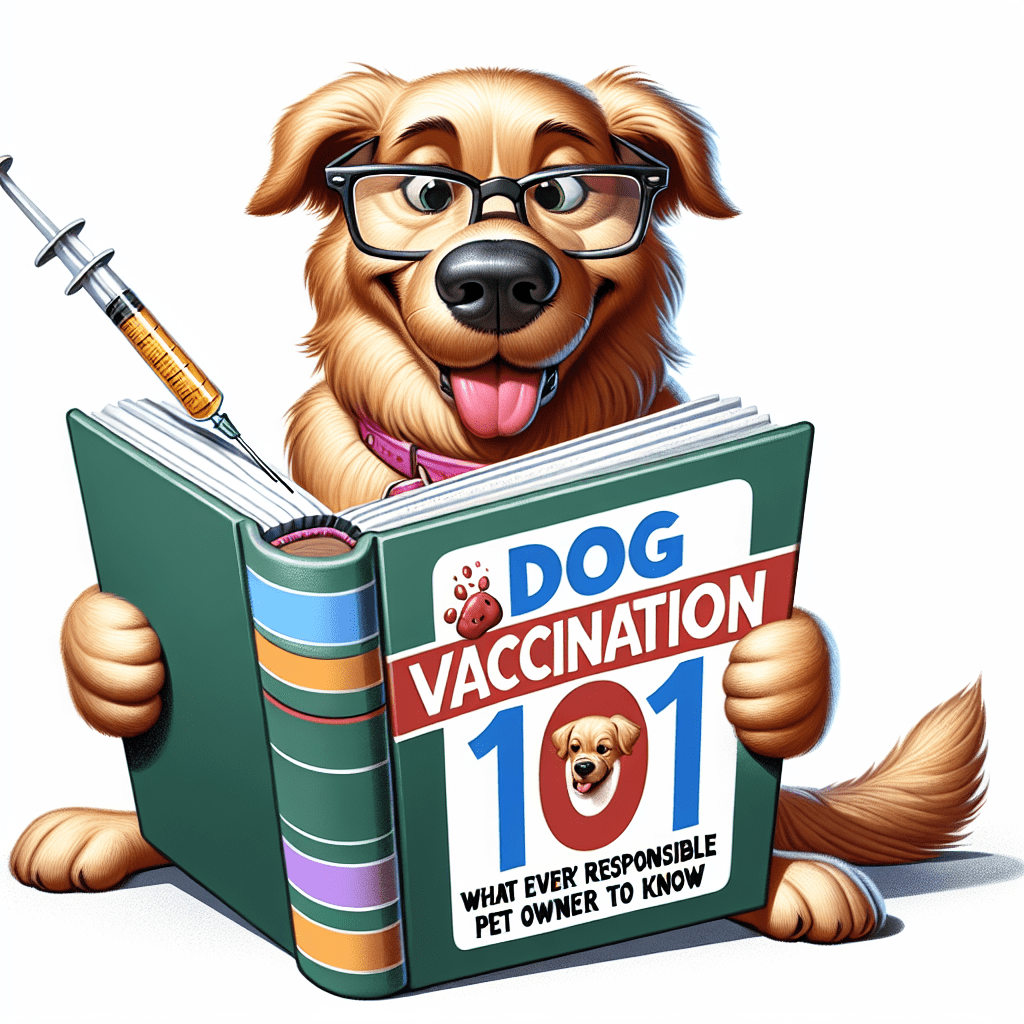Get your free Book Here

Beyond the Bark: What Your Dog’s Vocalizations Really Mean
As a dedicated dog lover and veteran dog trainer, I’ve spent countless hours listening to and observing our furry friends. Dog vocalizations are much more than just noise; they are the key to understanding what our dogs are feeling and experiencing. Whether it’s a bark, growl, whine, or whimper, each sound carries a message, and learning to interpret those vocalizations can significantly enhance our bond with our canine companions. In this blog post, we’ll explore the fascinating world of dog vocalizations, why they matter, and how you can use this knowledge to foster a happier, healthier relationship with your dog.
Understanding the Bark
Barking is perhaps the most recognizable vocalization our dogs make. But did you know that not all barks are created equal?
-
Alert Bark: This sharp, sudden bark usually indicates that your dog is aware of something unusual. It’s your pup’s way of saying, “Hey, pay attention!”
-
Playful Bark: A higher-pitched, rhythmic bark often means your dog is feeling frisky and wants to engage in some playtime.
-
Fear Bark: A prolonged, low bark indicates a sense of anxiety. If you notice this bark, your dog may benefit from some reassurance and a calm environment.
-
Attention-Seeking Bark: Sometimes, your dog may just want some love, so they let out barks that sound insistent.
-
Frustrated Bark: This bark often occurs when dogs are restricted from reaching something they want, like a toy or another animal.
By observing the context in which your dog barks, you can better understand what they are trying to communicate. Keep a diary of your dog’s barks along with the corresponding events. Over time, you’ll start to notice patterns.
The Power of Whines and Whimpers
Whining and whimpering are often signs that your dog needs something or is feeling uneasy. Here are common reasons for these vocalizations:
-
Seeking Attention: If your dog whines when you’re busy, they may simply want your attention.
-
Indicating Discomfort: Whining can also signal that your dog is in pain or not feeling well.
-
Expressing Anxiety: This can occur in new settings or during thunderstorms.
-
Desiring Something: If they’re after food, playtime, or a walk, whining can become their way of pleading.
To help alleviate excessive whining, ensure that your dog’s needs are met in advance. Provide enrichment activities, like toys or puzzles, to distract them when they seem restless.
The Importance of Growls
Growling often gets a bad rap. However, it is a crucial form of dog communication that highlights their emotional state. Consider the following aspects of growling:
-
Warning Signal: Growling can serve as a precursor to aggression. It’s vital to take such a vocalization seriously and evaluate the circumstances.
-
Sign of Play: Sometimes, dogs growl during play to express excitement and energy.
-
Communicating Discomfort: If your dog growls when you approach a certain area or object, they may have had a negative experience there.
Understanding the context behind the growl can help you determine the appropriate response. If you consistently expose your dog to positive experiences, you can reduce growling associated with fear or discomfort.
How To Interpret Mixed Vocalizations
Dogs sometimes combine vocalizations. A bark followed by a whine may mean they want to play but feel a bit anxious about approaching you. Recognizing these mixtures requires patience and attention, but it’s vital for your dog’s emotional well-being. Here are a few tips:
-
Observe Body Language: Pay attention to your dog’s posture, tail position, and facial expressions along with their vocalizations.
-
Responding Appropriately: If your dog is barking while whining, try offering reassurance or initiating play to ease their anxiety.
-
Create a Calm Environment: Reducing stressors in your dog’s surroundings can help them feel more secure and reduce mixed vocalizations.
Real-World Solutions for Better Communication
Being proactive and creating an environment conducive to communication can help foster understanding between you and your dog.
-
Training Commands: Implementing basic commands can improve communication. Teach the “quiet” command to help alleviate excessive barking.
-
Regular Socialization: Expose your dog to various environments, sounds, and people, which can help mitigate fearful vocalizations.
-
Consult Professional Help: If you notice excessive vocalizations that seem out of character, consider seeking advice from a certified professional dog trainer or a veterinarian.
-
Understanding Triggers: Take time to learn what situations provoke certain vocalizations and work gradually to calm those triggers.
-
Positive Reinforcement: Rewarding calm behavior after vocalizations can encourage your pup to focus on more positive methods of communication.
By actively engaging with your dog, you can develop a deeper bond and understand what their barks, whines, and growls mean.
FAQs About Dog Vocalizations
1. Why does my dog bark at random times?
Dogs often bark to express themselves, either due to excitement, fear, or wanting attention. Consider the situation to determine the trigger.
2. How can I stop my dog from barking excessively?
Distracting your dog with toys or training can mitigate excessive barking. Always reward quiet behavior to reinforce calmness.
3. Does a growl always mean aggression?
Not necessarily. Growling can indicate discomfort, playfulness, or a warning. Context is crucial.
4. Can vocalizations be reduced with training?
Yes! With consistent training and positive reinforcement, you can help reduce and manage unnecessary vocalizations.
5. Should I be concerned about my dog whining?
Whining can indicate stress or a need for attention. Monitor the situation and address any potential causes.
Disclaimer: As an Amazon Associate, I earn from qualifying purchases, I may earn a commission from qualifying purchases as an affiliate. Please note that I only recommend products I believe will provide value to my readers.
Understanding our dogs’ vocalizations is an adventure, one that leads to a stronger connection and a more harmonious relationship. Engage with your furry companion, listen to their sounds, and respond with love and understanding. Together, you can unlock the beautiful language of your bond!







